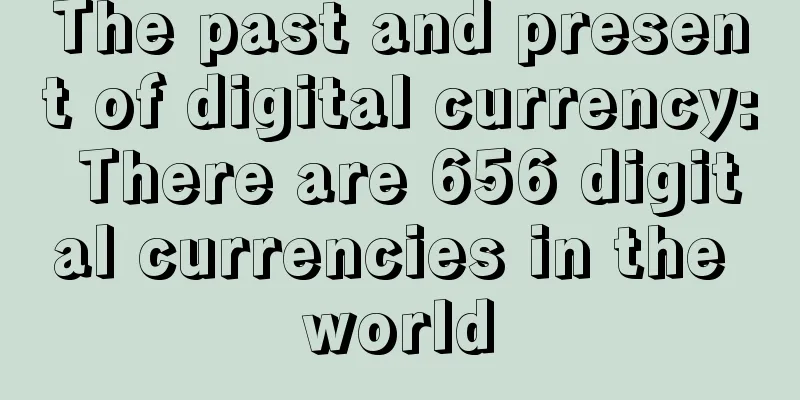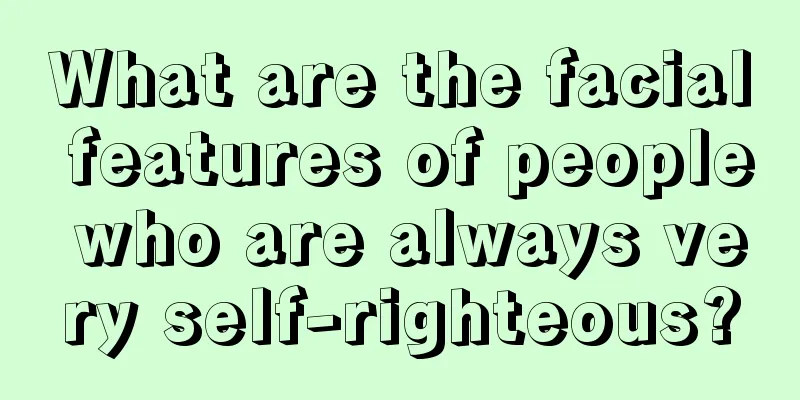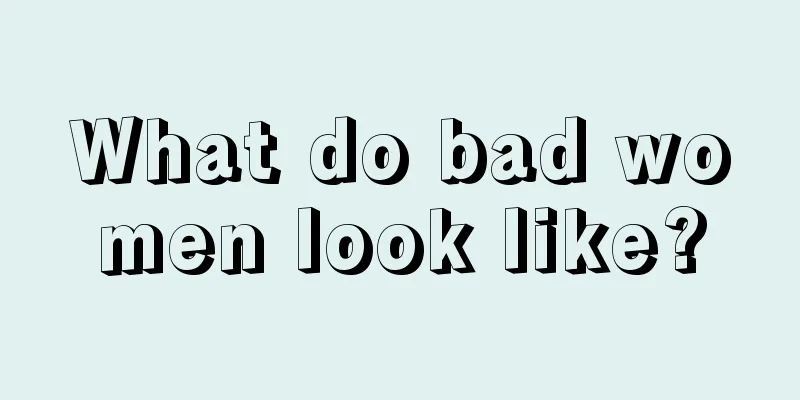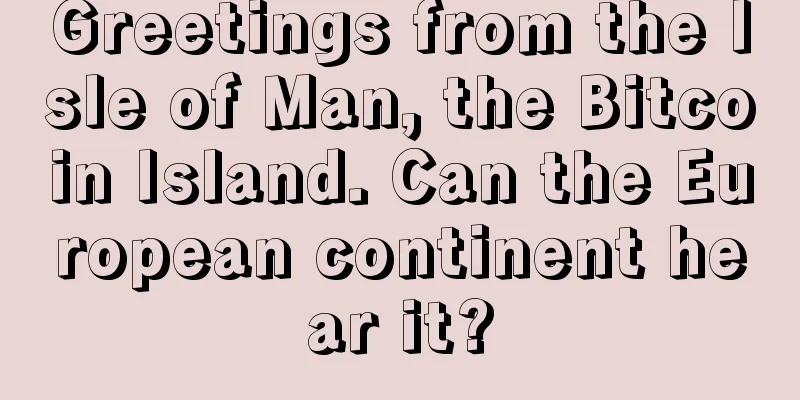To Elon Musk: Decentralize Twitter and give the internet back to everyone
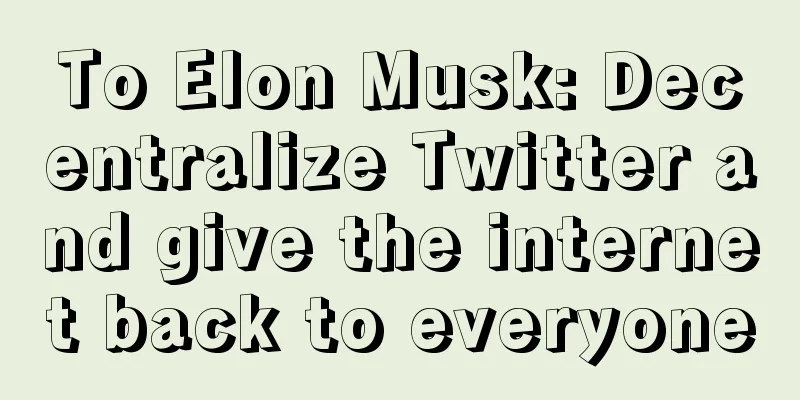
|
Dear Mr. Musk, First of all, congratulations on acquiring Twitter! As you have always emphasized the importance of decentralization and decentralization, we are eagerly looking forward to how this process will unfold. You and your team have the foresight to use Twitter's wonderful platform as a lever to pry a more mature and autonomous network. With the right design, a decentralized Twitter would enable a new kind of internet — one that fundamentally changes the relationship between users and platforms, where people own the data they generate across web applications. Looking at Twitter’s (TWTR) product lines like profiles, posts, messaging systems, and ads provides insight into what a self-sovereign web might look like and how to get people on board. Vision From your text messages with former Twitter CEO Jack Dorsey , you seem to think Twitter today is stuck in a bottleneck of the maximum utility it can provide. We can learn a lot from your emails in order to become more useful to users and further develop as a "protocol" rather than a company. Email is a protocol. You might use Microsoft Office, Dorsey might use Proton, and I use Gmail. We can all easily message each other and be on the same thread, but view and write our emails through different application interfaces (e.g. Outlook, Gmail). This model can be extended to social media using systems like Filecoin , Arweave , Ceramic , and Polybase. Users’ connections and posts would not be confined to a single “walled garden” like Twitter or Facebook, but would exist on the open web. This data could still be privatized and permissioned (and therefore monetized) through threshold cryptography-driven access controls (like what decentralized crypto network Lit is building). On a decentralized, user-sovereign, and privacy-focused social media protocol, users will be able to consent to which apps and connections can view their content across the interface platform, much like email. Enter One of the biggest hurdles for Web3 is the wallet UX. For some, keeping your own keys is a privilege, but for many more, it’s a burden. As a result, there has been a surge in interest in multi-party computation (MPC) over the past year. MPC wallets enable users to log into applications using traditional logins, PINs, and biometrics without the need to keep them themselves or rely on a centralized key holder custodian. Public User Data For public social graphs, such as Twitter today, there are already many active projects creating open source infrastructure to help people own their data. For example, Lens Protocol and Orbis are now live. Private User Data Of course, not all social data is public. Often, basic components in social networks and media, such as contacts, profile information, posts, and messages are private, meaning they are visible only to authorized people. Or, at least, it would be best to have that option. Today, at Twitter, this data is mostly locked up in Twitter and Facebook servers. An alternative would be to store this data encrypted on the open web and give users fine-grained control over who can decrypt and access it. This isn’t a new idea in online social networking, and the system syncs up with the early days of the web and the Pretty Good Privacy (PGP) encryption program still used by many. (PGP allows people to post their public keys anywhere to receive messages that only the holder of the private key can read.) Threshold encryption advances these privacy standards by allowing users to create rules about who can view their posts. If decentralized social protocols are widely adopted, this encrypted data could become available on the “open web.” For example, Alice might make a post and set it to “Anyone in my friends list can see this post.” Alice’s friend Bob can unlock the post on any platform by proving his identity with a signature from his personal wallet. advertise Advertising is often considered a dirty topic in certain Web3 circles, but the fact is that only about 10% of Internet users pay for premium applications and software. This means that most people use software services with ads. Tracking "conversions" to purchases is primarily done through last-click attribution, where a publisher (like Twitter) runs some software on its page that indicates to an advertiser (like an e-commerce store) that a user clicked on an ad. When that person makes a purchase, the publisher gets paid. This can also be decentralized. The user data system mentioned above can also be applied to advertising attribution. The "last click" is written as a verifiable credential to the individual's data center (encrypted and stored on the open network), and then advertisers can obtain access to decrypt this data. As regulators around the world continue to crack down on tracking cookies, incorporating the user and his/her consent into systems that track clicks and conversions offers a long-term path forward for content publishers. The decentralized web that supports global scale is still maturing, but now is the best time to start laying the foundation. If you are an ambitious builder who cares about the future of social networking and media, please contact us! David Sneider, Co-founder of Lit Protocol |
>>: The World Cup is about to start. Here is a guide to understanding the World Cup concept token
Recommend
What does a broken palm and a big triangle on the palm represent?
The lines on each of our palms are different. No ...
The face of a woman who has been pampered all her life is clear and kind
Many girls want to marry into a wealthy family an...
What is the fate of a woman with a mole on the right side of her philtrum?
If there is a mole next to the philtrum, what kin...
Is a man with long eyelashes lucky? Analysis of the face of a girl with long eyelashes
A person's eyes are the windows to the soul, ...
Fuchuankou women will get divorced because they are too gossipy
Different facial features have different fortunes...
Is the fate of a woman with thick eyebrows good? She is likely to encounter setbacks in love.
What does it mean when a woman has thick eyebrows...
What does a mole on the right side of the chin mean? Is it good?
Do you have a mole on your chin? In fact, in the ...
Men with these facial features are worthy of your lifelong trust
Every woman hopes to find a partner who is good t...
LTC is sluggish with halving imminent. Maybe it’s just BTC’s fault.
Time flies to the end of June, and the LTC halvin...
What does a lucky face look like? Who are the most lucky?
Whether a person is blessed or not can be known b...
What are the facial features of premature death?
Everyone has only one life, but the length of peo...
What is fish eye in face reading?
In physiognomy, eyes mainly indicate a person'...
What is the cause of black moles on the soles of feet?
Everyone has some moles on their body. Moles grow...
Mole position and destiny - what does it mean to have moles around the philtrum
The philtrum represents children and the birth ca...
Palmistry shows which people are more likely to succeed
1. Career line and success line are clear and str...

